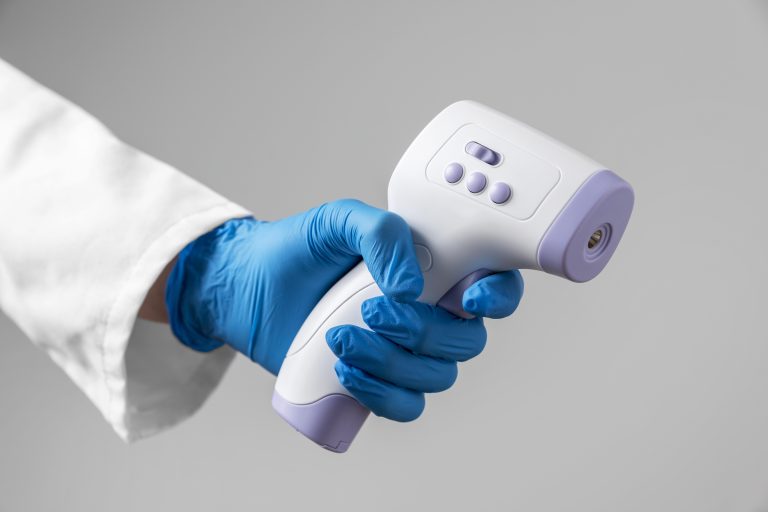Plastic overmoulding in the medical device industry is taking the sector by storm. This is due to the materials and methods used offering enhanced levels of durability, biocompatibility and flexibility in design. This ensures that the products are safe, comfortable and aesthetically pleasing for patients and medical practitioners alike. Medical device overmoulding allows bespoke, single-piece components to be made with highly precise designs and specifications, as well as mass produced items that are uniform in shape, size and style.
Here are some more ways in which medical device overmoulding techniques, medical-grade TPU overmoulding methods are producing fantastic results for the whole sector. From very precise, accurate measurement, design specifications and performance criteria to biocompatibility, safety and cost-effectiveness, the technique has a lot going for it.
Robust specifications
Medical device injection moulding offers improved durability performance and resistance to a number of outside hazards, making it a safe and highly reliable choice for medical devices, packaging, wearable technology and surgical tools. As well as abrasion resistance and waterproofing, medical device overmoulding produces excellent sealing capabilities and protection for devices that are exposed to harsh environments.
Other excellent performance characteristics
The ability to work with specialist materials, including FDA-approved plastics, makes overmoulding in the medical device industry a very wise choice. The technique offers superior strength compared to glueing and other more traditional joining techniques. The products are chemical resistant and can offer electrical insulation and anti-microbial touch surfaces to repel bacteria and pathogens for added safety and comfort.
Biocompatible plastics for overmoulding
A key priority for medical device overmoulding projects is that the resultant item or component often has to be biocompatible. This is especially true for wearable devices, surgical tools and sterile items such as dressings, dental solutions, orthopaedic supports etc. Plastics used for overmoulding in healthcare can be specifically chosen for their biocompatible, sterile characteristics to avoid infection, allergic reactions and patients having adverse reactions to their presence in or around the body.
Safety first
Other reasons for choosing medical device overmoulding over other manufacturing methods in the medical sector is the ability to create safety features very easily and cost-effectively. Solutions such as tamper-proof caps, closures and lids, for example, keep the contents safe and away from children or others who might be harmed by them. Designs can be ergonomic in style, helping reduce strains and injuries from using or handling them. Seams and grooves can be minimised, thus preventing bacteria and dirt from becoming trapped in hard-to-clean areas.
Aesthetically pleasing products
Medical device overmoulding allows for attractive designs to be put into production, and for finishing touches such as colours, patterns, logos and textures to be added as customisations of the basic product. This can help take patient preferences into account to calm them down, especially when it comes to children’s devices and equipment. Such aesthetic flexibility also encourages innovation and new ways of designing medical devices, packaging and tools to look attractive, or be minimally invasive, whichever approach is needed and preferred. The same goes for packaging – medical plastic moulding can produce tamper-proof, shatter-proof packaging that looks good on the shelf and keeps the contents safe, sterile and ready for immediate use.
Cost effective manufacturing
In the increasingly financially stretched world of the NHS and other medical services and providers, finding a cost-effective approach that works and produces long-lasting results is highly important. Medical device overmoulding enables both mass production and prototyping and the creating of one-off, bespoke components and equipment. Orders can be highly precise in numbers and specifications, thus reducing or even eliminating wastage at the production stage and easier procurement forecasting and logistics.

